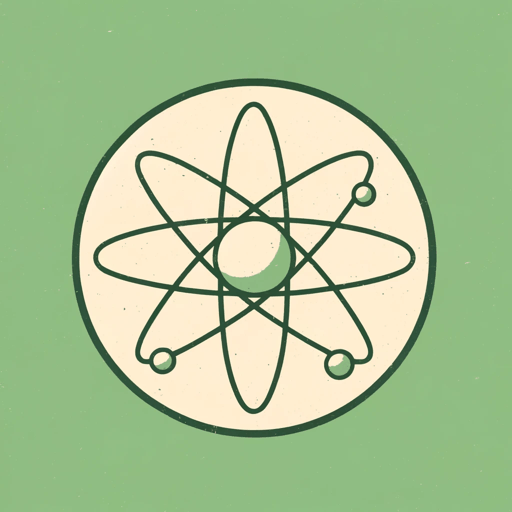77 pages • 2 hours read
Kristen IversenFull Body Burden
Nonfiction | Autobiography / Memoir | Adult | Published in 2012A modern alternative to SparkNotes and CliffsNotes, SuperSummary offers high-quality Study Guides with detailed chapter summaries and analysis of major themes, characters, and more.
Summary and Study Guide
Overview
Full Body Burden: Growing up in the Nuclear Shadow of Rocky Flats is a 2012 nonfiction account by Kristen Iversen. Half memoir, half investigative journalism, the book covers Iversen’s life in a town near Denver, Colorado, as well as Rocky Flats—the nearby nuclear production facility.
Quiet, observant, and adventurous, Iversen is the oldest of four children. The family keeps many pets, and Iversen adores horseback riding on their pasture at a new neighborhood near Rocky Flats. Iversen’s father struggles with alcoholism, leading to car accidents, struggles in his law practice, fights with his wife, and distance from his children. During Iversen’s adolescence, her mother returns to work as a nurse to help pay the bills, while Iversen and her siblings find ways to escape the tensions of home.
Rocky Flats, established in the early 1950s, manufactures plutonium triggers—a key component in atomic bombs. The plant’s operations remain secret for many years, and members of Iversen’s community—even those who work at Rocky Flats—don’t speak about it. A large fire on the production line in 1969, however, brings the plant into the public eye. Government officials attempt to investigate Rocky Flats and find significant pushback, while protesters demonstrate around the facility’s boundary. The protests grow, attracting thousands of people and inspiring lengthy occupations on the facility’s train tracks. Police arrest many protesters for trespassing.
Both independent and institutional studies reveal extraordinary levels of radioactive contamination in the environment around Rocky Flats, including residential areas such as the Iversens'. Studies also show correlations between this contamination and statistically high rates of cancers in area residents and plant workers. Rocky Flats officials, however, maintain that its activities are safe and properly regulated, despite later evidence showing violations in waste management and facility upkeep. Local landowners sue the government and Rocky Flats for decreased property values due to radioactive contamination.
Iversen grows into adulthood during the escalating controversy around Rocky Flats. Her father and mother separate once Iversen leaves for college. She studies literature and dates Mark Robertson, who dies after a climbing accident. She later marries, has two sons, and lives in Europe, but divorces her husband and returns to Colorado. Iversen loses touch with her father, and her parents become legally divorced.
In 1989, FBI agent Jon Lipsky works with the EPA to raid Rocky Flats. The investigation, which reveals pervasive wrongdoing at the plant, results in a grand jury trial. These proceedings conclude with a plea bargain. The plant comes under new management, changes its name, and ceases manufacturing plutonium triggers, but its workforce grows nevertheless. Iversen takes a clerical position at the plant and learns of its secrets from her colleagues. She quits her job after witnessing a news report exposing Rocky Flats’ cover-ups. She completes her Ph.D. days after surgery on a swollen lymph node that may have resulted from radiation exposure at the plant.
Cook v. Rockwell International, a class-action lawsuit by Colorado landowners, lasts nearly 20 years. Philadelphia attorney Peter Nordberg tirelessly works for the plaintiffs, who seek damages for Rocky Flats’ contaminating their land. The company Kaiser-Hill cleans excess waste and some of the contaminated soil at Rocky Flats, although scientists argue for more extensive cleaning to address the high levels of environmental plutonium still present. In May 2003, Iversen’s former high school classmate Randy Sullivan fights a plutonium fire on the production line at Rocky Flats.
The cleanup complete, the nuclear facility closes in 2005, and the U.S. Fish and Wildlife Service receives some of the land for a wildlife refuge at the site. The class-action case decides in the landowners’ favor, but years later, an appeals court overturns the ruling. Iversen spends 12 years writing the book, which involves extensive research and interviews with key figures. Meanwhile, she makes peace with her father. Writing the book reinforces Iversen’s belief in exposing secrets, especially when—in the case of nuclear production—they will affect the planet for many thousands of years.

